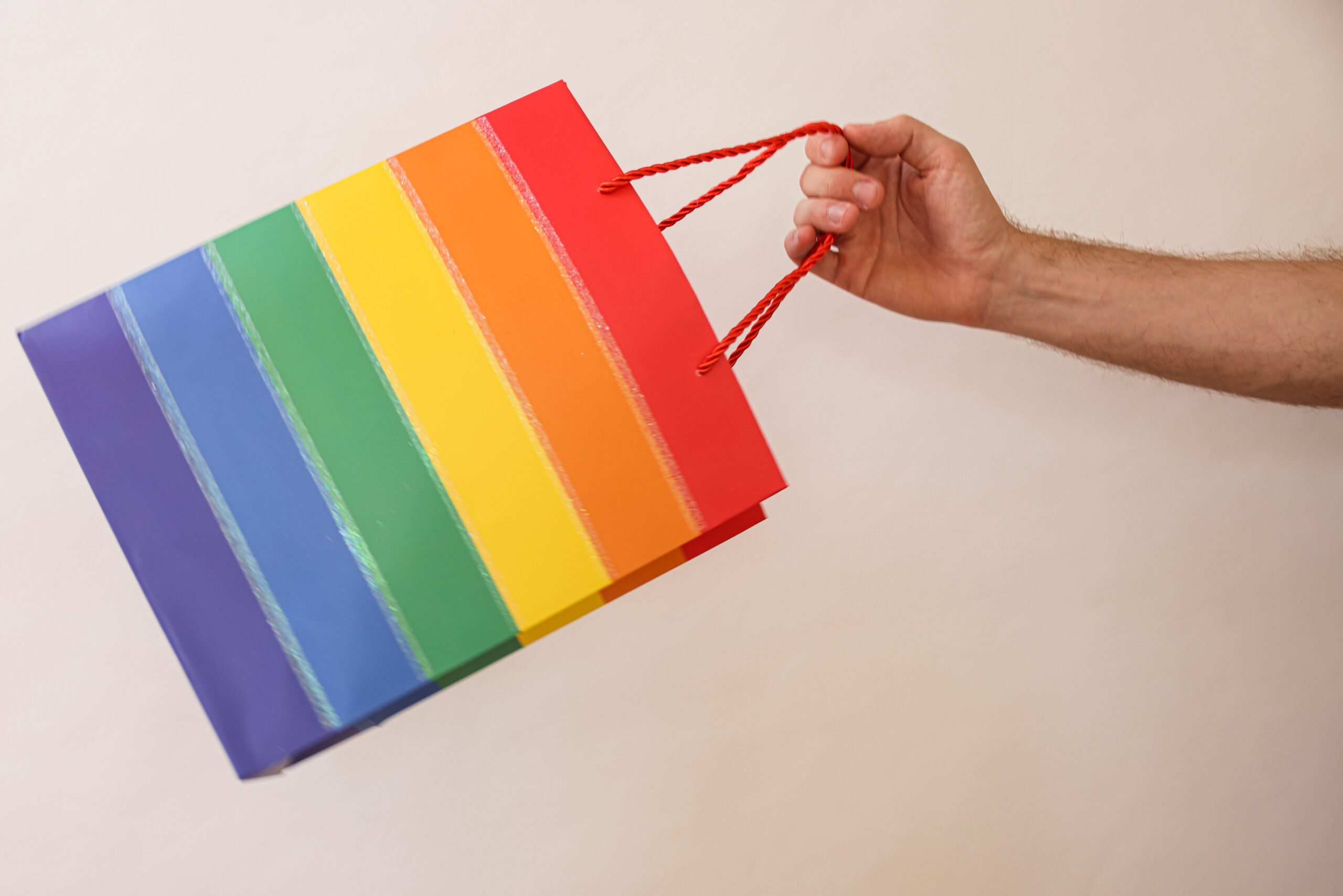When printing, cost is a crucial factor to consider. Whether you’re printing documents, promotional materials, or paper bags, understanding the cost implications of colour printing becomes vital. In this post we aim to answer the question: What is the most cost-effective colour to print? We’ll reveal the differences in costs between colour and black and white printing, enabling you to make informed decisions for your printing requirements.
Colour printing costs
Colour printing typically incurs higher costs compared to black and white printing. The reason behind this lies in the complexity and resources required to reproduce accurate and vibrant colours. Colour printing involves the use of multiple ink cartridges or toners, which can be more expensive than a single black cartridge. Additionally, colour printing often requires additional processing time and higher-quality paper to enhance colour reproduction.
Black and White printing benefits
On the other hand, black and white printing offers cost advantages. It requires only a single black ink cartridge or toner, which is generally more affordable than colour cartridges. Black and white printing is efficient for text-heavy documents, reports, or other materials where colour is not a necessity. It is a practical choice when cost considerations are a priority.
Factors impacting printing costs
Several factors can influence printing costs, regardless of colour or black and white printing. These factors include:
- Print quality: Higher print quality settings may consume more ink or toner, leading to increased costs. Evaluate the required print quality and adjust settings accordingly.
- Paper selection: The type and quality of paper used can affect printing costs. Specialised paper, such as glossy or textured paper, may be more expensive compared to standard options.
- Print volume: The number of items being printed will affect the cost. Sometimes ordering in bulk can become cost effective.

Cost considerations for paper bags
When printing paper bags, the cost of colour printing can vary depending on the design and printing method used. Full-colour or multi-colour designs generally require more ink and may incur higher printing costs. However, if your design requires fewer colours or utilises spot colours, the cost can be optimised.
To minimise printing costs, consider the following strategies:
- Utilise colour strategically: Choose colour printing only when necessary, such as for logos, essential graphics, or elements that require visual impact.
- Print sample pages: Before printing a large batch, print a few sample pages to ensure the desired output quality. This helps avoid costly mistakes or reprints.
- Consider professional printing services: Outsourcing printing to professional printing companies can offer cost savings in terms of equipment, supplies, and expertise. They often have bulk printing options that reduce per item costs.
Black and white printing is typically less expensive than colour when it comes to printing. However, the cost difference varies depending on factors such as print volume, print quality, and paper selection. When printing paper bags or any other materials, strategic use of colour and exploring professional printing services can help optimise costs. By understanding the cost implications of different printing options, you can make informed decisions that balance your budget and printing requirements. Our knowledgeable print team are more than happy to discuss your requirements to explore cost-effective options without compromising on design aesthetics!


